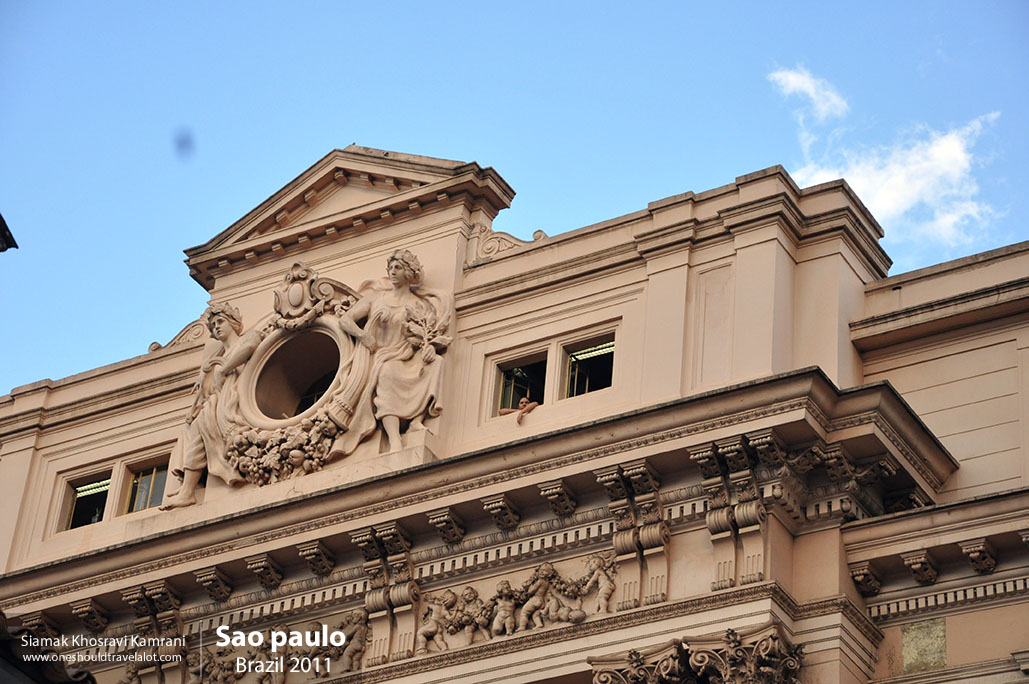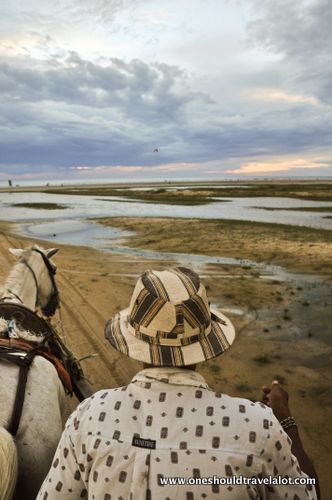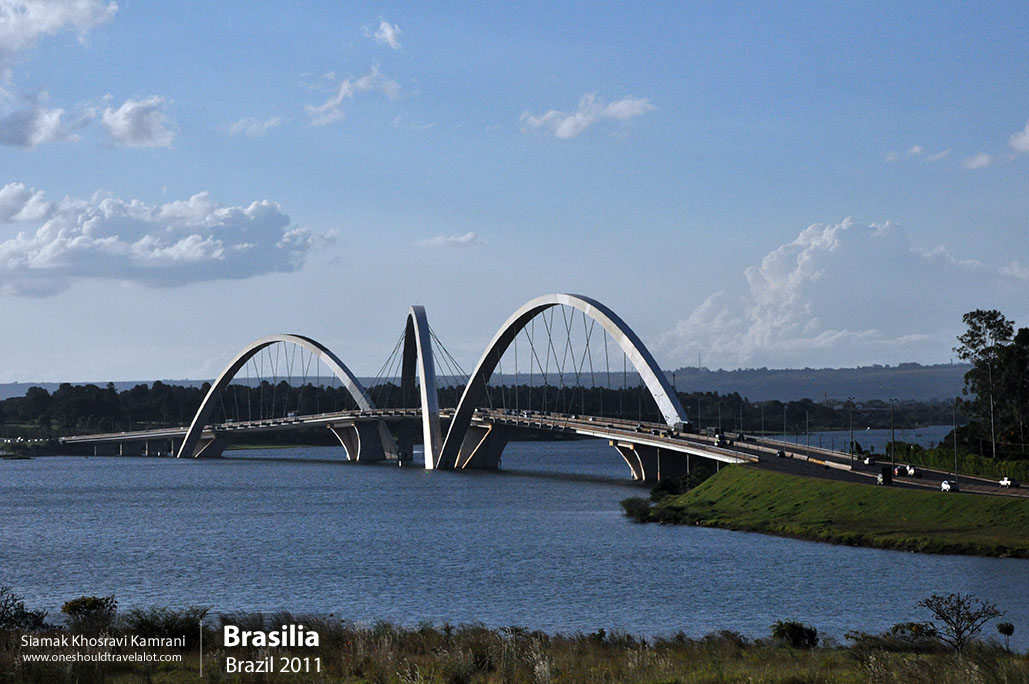Paulino Neves: A Hidden Gem in Brazil
Nestled in the northeastern state of Maranhão, Paulino Neves is a tranquil town that captivates visitors with its unspoiled natural beauty and rich cultural heritage. As a young photographer, my journey to Paulino Neves was a feast for the senses, offering an array of picturesque landscapes and a deep dive into the local way of life. Here’s my story of exploring this hidden gem, capturing its essence through my lens.
Arrival and First Impressions
Landing in São Luís, the capital of Maranhão, I embarked on a journey to Paulino Neves by bus. The journey itself was an adventure, winding through lush green landscapes and small villages that dot the route. As I approached Paulino Neves, I was greeted by a serene atmosphere, a stark contrast to the bustling city I had left behind. The air was fresh, the skies clear, and a sense of calm washed over me.
The Charm of Paulino Neves
Paulino Neves is a small town with a population of just over 15,000 people. Its charm lies in its simplicity and the warmth of its residents. The town is part of the Lençóis Maranhenses region, famous for its stunning sand dunes and lagoons. However, Paulino Neves itself has its unique allure, with the Rio Novo River meandering through the town, creating a picturesque setting.
Exploring the Natural Beauty
One of the first places I visited was the Rio Novo River. The river’s crystal-clear waters and surrounding lush vegetation make it a perfect spot for photography. I spent hours capturing the reflections of the trees on the water, the vibrant colors of the flora, and the occasional canoe gliding by. The river is not just a scenic spot but also a vital part of the local community’s daily life, used for fishing, transportation, and recreation.
The Dunes and Lagoons
Paulino Neves is often referred to as the gateway to the Pequenos Lençóis, a region characterized by smaller sand dunes and lagoons compared to the more famous Lençóis Maranhenses. Visiting the Pequenos Lençóis was a surreal experience. The vast expanse of white sand dunes, interspersed with turquoise lagoons, created a striking contrast that was a photographer’s dream. I spent a day trekking through the dunes, capturing the interplay of light and shadow, the ripples in the sand, and the serene lagoons that appear like mirages in the desert.
The People and Culture
The people of Paulino Neves are predominantly of mixed Indigenous, African, and Portuguese descent, reflecting Brazil’s rich cultural tapestry. Portuguese is the primary language spoken, and the local dialect has a melodic quality that adds to the town’s charm.
Daily Life and Traditions
Life in Paulino Neves moves at a slower pace, allowing residents and visitors alike to savor each moment. The local economy is primarily based on fishing, agriculture, and tourism. Wandering through the town, I encountered friendly locals who were eager to share their stories and traditions. I visited a local market, bustling with activity as vendors sold fresh produce, handmade crafts, and an array of local delicacies.
One of the most memorable experiences was participating in a traditional fishing expedition on the Rio Novo River. The fishermen use a technique called “tarrafa,” casting large circular nets into the water. I was fascinated by their skill and precision, and I managed to capture some incredible shots of the nets being cast, creating a mesmerizing pattern on the water’s surface.
Festivals and Celebrations
Paulino Neves, like many Brazilian towns, has a vibrant calendar of festivals and celebrations. I was fortunate to witness a local festival that featured traditional music, dance, and food. The “Bumba-meu-boi” is a folkloric festival that tells the story of a bull’s death and resurrection through colorful costumes, lively music, and intricate dance routines. The energy and enthusiasm of the performers were infectious, and I found myself swept up in the festivities, camera in hand, capturing the vibrant costumes, the joyful expressions, and the dynamic movements of the dancers.
The Cuisine of Paulino Neves
Brazilian cuisine is a delightful blend of Indigenous, African, and Portuguese influences, and Paulino Neves offers a taste of this culinary diversity. Seafood is a staple here, given the town’s proximity to the river and the Atlantic Ocean. I had the pleasure of trying “peixada,” a fish stew made with fresh fish, vegetables, and coconut milk, served with rice and farofa (toasted cassava flour). The flavors were rich and comforting, a perfect reflection of the town’s culinary heritage.
Local Delicacies
Another local delicacy I enjoyed was “arroz de cuxá,” a dish made with rice, dried shrimp, and a sauce of “vinagreira” (sour greens), typically served with fried fish. The combination of flavors was unique and delicious, showcasing the creativity and resourcefulness of the local cuisine. I also indulged in some sweet treats, like “guava paste” and “coconut candies,” which were perfect companions to my afternoon coffee breaks.
The Spirit of Adventure
Paulino Neves is not just about tranquil rivers and serene dunes; it also offers a range of adventure activities for thrill-seekers. I joined a group for a dune buggy ride, an exhilarating experience that took us across the rolling sand dunes at high speed. The feeling of the wind in my hair and the adrenaline rush as we navigated the steep dunes was unforgettable.
Eco-Tourism and Conservation
The region is also a hub for eco-tourism, with several initiatives aimed at preserving its unique ecosystems. I visited a local eco-lodge that promotes sustainable tourism practices. The lodge offers guided tours of the dunes and lagoons, emphasizing the importance of conservation. I was inspired by their commitment to protecting the environment while providing an enriching experience for visitors.



